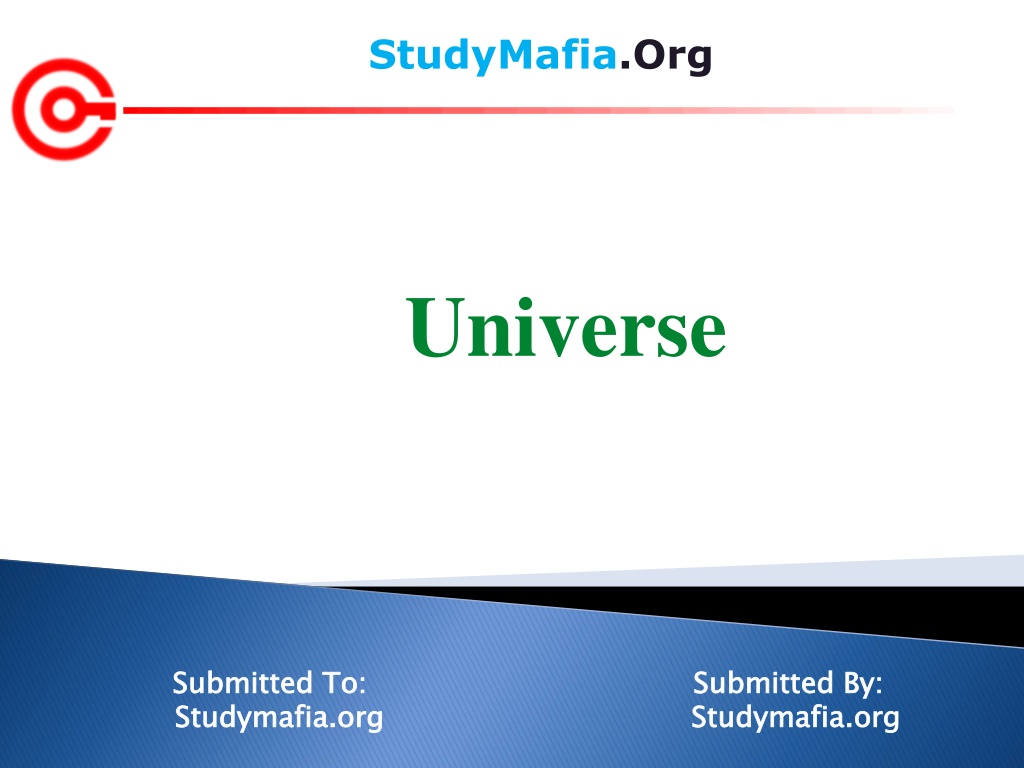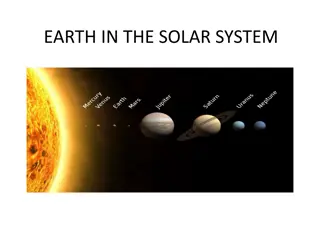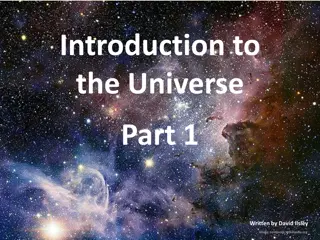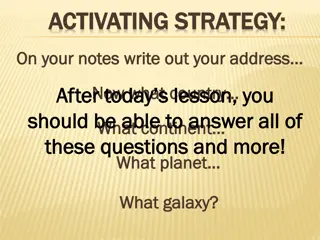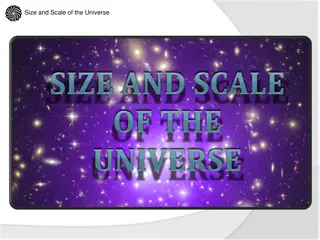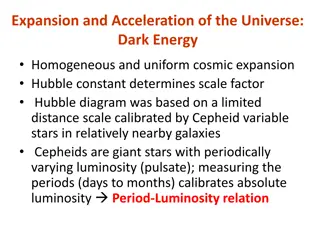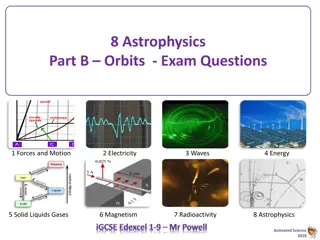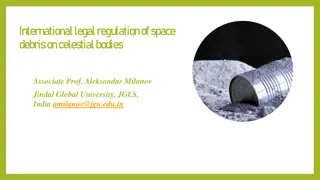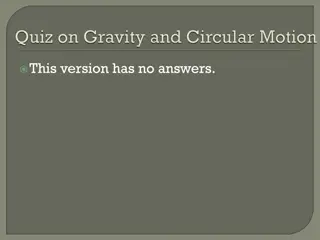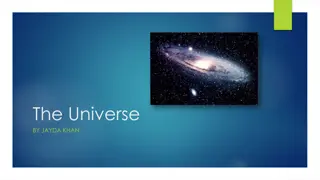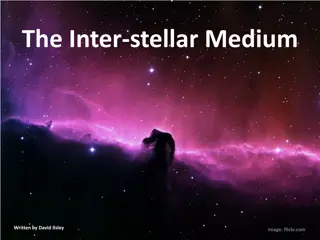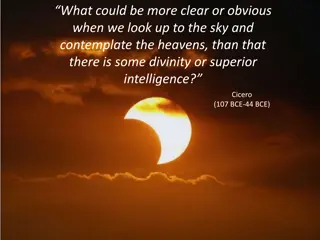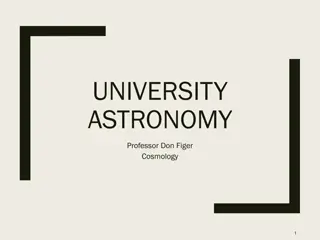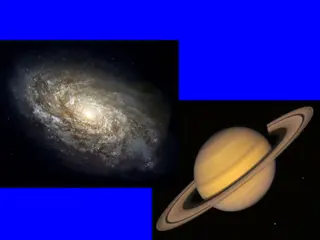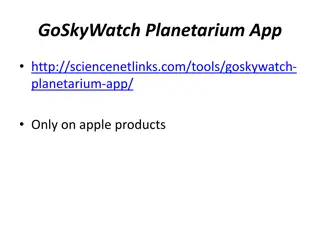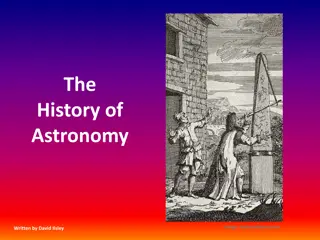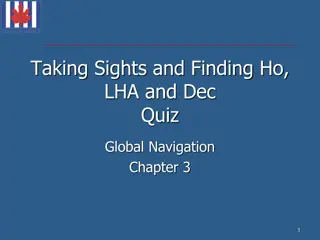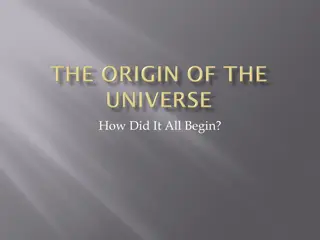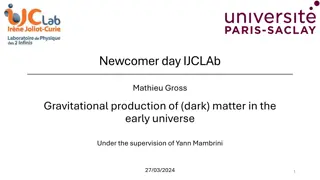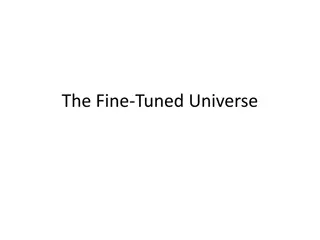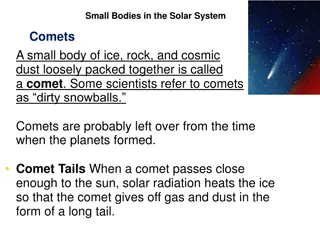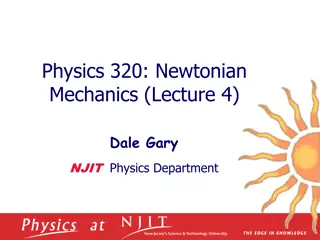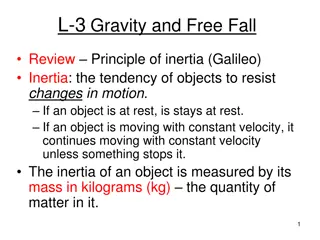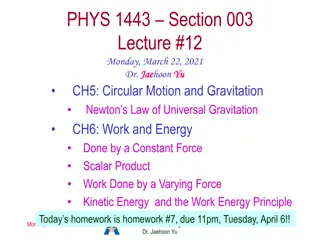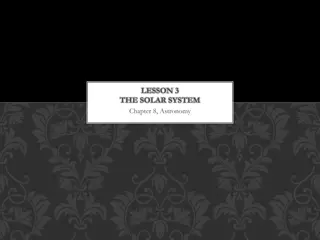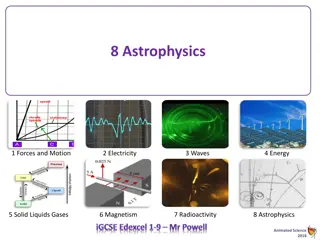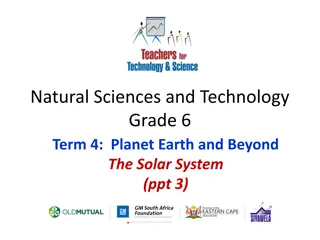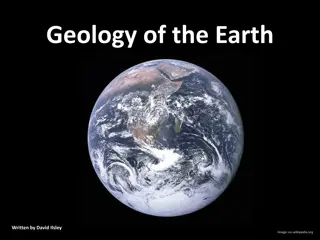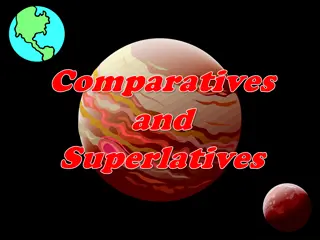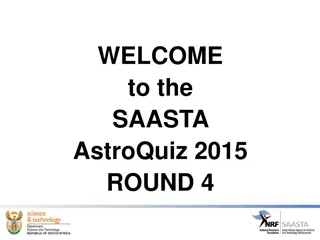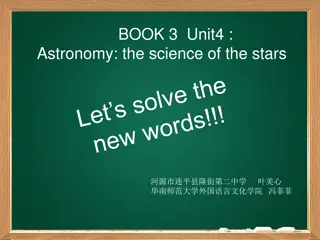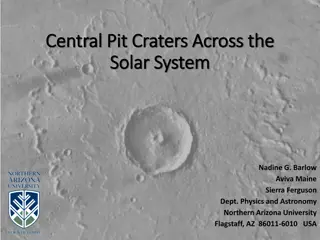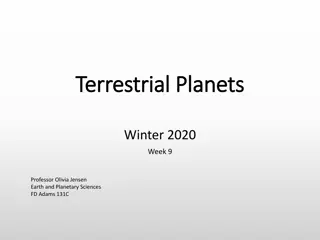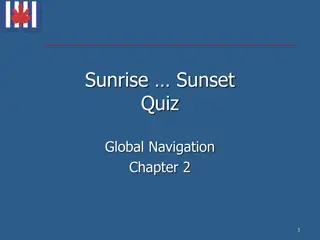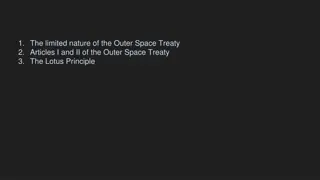Understanding the Universe: An Exploration of Celestial Bodies
Scientists study the vast expanse of the universe, birthed from the Big Bang, where stars, galaxies, and constellations exist. Exploring celestial bodies like stars, planets, and moons reveals the wonders of our universe.
Download Presentation

Please find below an Image/Link to download the presentation.
The content on the website is provided AS IS for your information and personal use only. It may not be sold, licensed, or shared on other websites without obtaining consent from the author. Download presentation by click this link. If you encounter any issues during the download, it is possible that the publisher has removed the file from their server.
E N D
Presentation Transcript
StudyMafia.Org Universe Submitted Studymafia.org Studymafia.org Submitted To: To: Submitted Submitted By: By: Studymafia.org Studymafia.org
Table Contents Definition Introduction Components of Universe Conclusion 2
Definition The universe is a huge space which contains everything that exists. The celestial bodies that we see are just a small fraction of the bodies that exist in the universe. 3
Introduction Scientists believe that the universe was born after a massive explosion called the big bang . A long time after the big bang, stars like our sun were formed. At that time, clouds of hot gases and particles revolved around the sun. Over time, many particles got stuck together to form large bodies. These bodies pulled in smaller objects near them by gravitational force. This made them larger still. These bodies finally became the planets. 4
Components of Universe Stars: Away from the lights of the city, you can see thousands of stars in the night sky. You can also see some planets and their moons, either with the naked eye or with the help of a telescope. These celestial bodies are different from the stars in one important way. Stars are celestial bodies that produce their own heat and light. 6
Components of Universe Galaxies: There are trillions of stars in the universe. They occur in groups called galaxies. The gravitational force between stars keeps the stars of a galaxy together. Apart from stars, a galaxy may have other celestial bodies like planets and moons. So you can say that a galaxy is a group of stars and other celestial bodies bound together by gravitational force. 7
Components of Universe Constellations: As the earth moves round the sun, we see different stars at different times of the year. In the past, people found many uses for this. For example, they would get ready for sowing when particular stars appeared in the sky. Obviously, it was not possible for them to identify each and every star. So, they looked for groups of stars which seem to form patterns in the sky. A group of stars which seem to form a pattern is called a constellation. 8
Components of Universe Orion: Orion (the Hunter) and Scorpius are two other prominent constellations. There are different stories linking them. According to one, the mighty hunter Orion vowed to kill all the animals of the world. Alarmed at this, the Earth Goddess sent a scorpion to kill Orion. 9
Components of Universe The Solar System: The sun is the brightest object in the sky. It is huge. It is about 333,000 times heavier than the earth, and you could fit more than a million earths inside it! Its great mass causes a large gravitational force. This keeps the sun, the planets, their moons and some other smaller bodies together as the sun s family. 10
Components of Universe Planets: After the sun, the planets are the largest bodies in our solar system. Scientists define a planet as a round body that orbits the sun and which has pulled in all objects near its orbit. Remember that planets were formed when large bodies in space pulled in smaller bodies near it. This cleared the space around a planet s orbit. 11
Components of Universe Planets: There are eight planets in our solar system. In order of distance from the sun they are Mercury, Venus, Earth, Mars, Jupiter, Saturn, Uranus and Neptune. You can remember this order as My Very Efficient Maid Just Served Us Noodles. 12
Components of Universe The moons of planets: An object revolving around a celestial body is known as a satellite. All planets except Mercury and Venus have natural satellites, or moons, revolving around them. So far, we know of more than 150 planetary moons. Some of them are so small that they were discovered only when spacecraft flew past them. 13
Components of Universe The moons of planets: The earth s moon: The earth s moon is the brightest object in the night sky. It shines by reflecting sunlight. If you look at the moon through a telescope or a good pair of binoculars, you will see a number of craters on its surface. These are large depressions created when huge rocks from space hit the moon. 14
Components of Universe Dwarf planets: A dwarf planet is a small, round body that orbits the sun. At the time of its formation, a dwarf planet could not pull in all other objects near its orbit. So it is not considered a planet. Pluto, which was previously considered a planet, is now considered a dwarf planet. Ceres and Eris are two other dwarf planets. 15
Components of Universe Asteroids: In a belt between the orbits of Mars and Jupiter, millions of small, irregular, rocky bodies revolve around the sun. These are asteroids, and the belt is known as the asteroid belt. Asteroids are also called minor planets. 16
Components of Universe Meteoroids: Asteroids were not the only pieces of rock left over from the formation of the solar system. Some others, called meteoroids, still orbit the sun. When they come very close to a planet such as the earth, gravitation pulls them in. 17
Components of Universe Comets: A comet is a small body of ice and dust that moves around the sun in an elongated orbit. As a comet approaches the sun, it heats up and leaves behind a stream of hot, glowing gases and dust particles. We see this as the tail of the comet. 18
Conclusion The universe is a huge space which contains everything that exists. The celestial bodies that we see are just a small fraction of the bodies that exist in the universe. One of the reasons why we do not see more of them is that they are very, very far away. 19
